Mark Camoccio begins his mini-series on just one element of your airgun that is vital for accurate shooting - the trigger! Part 1 looks at different triggers and discusses trigger technique...
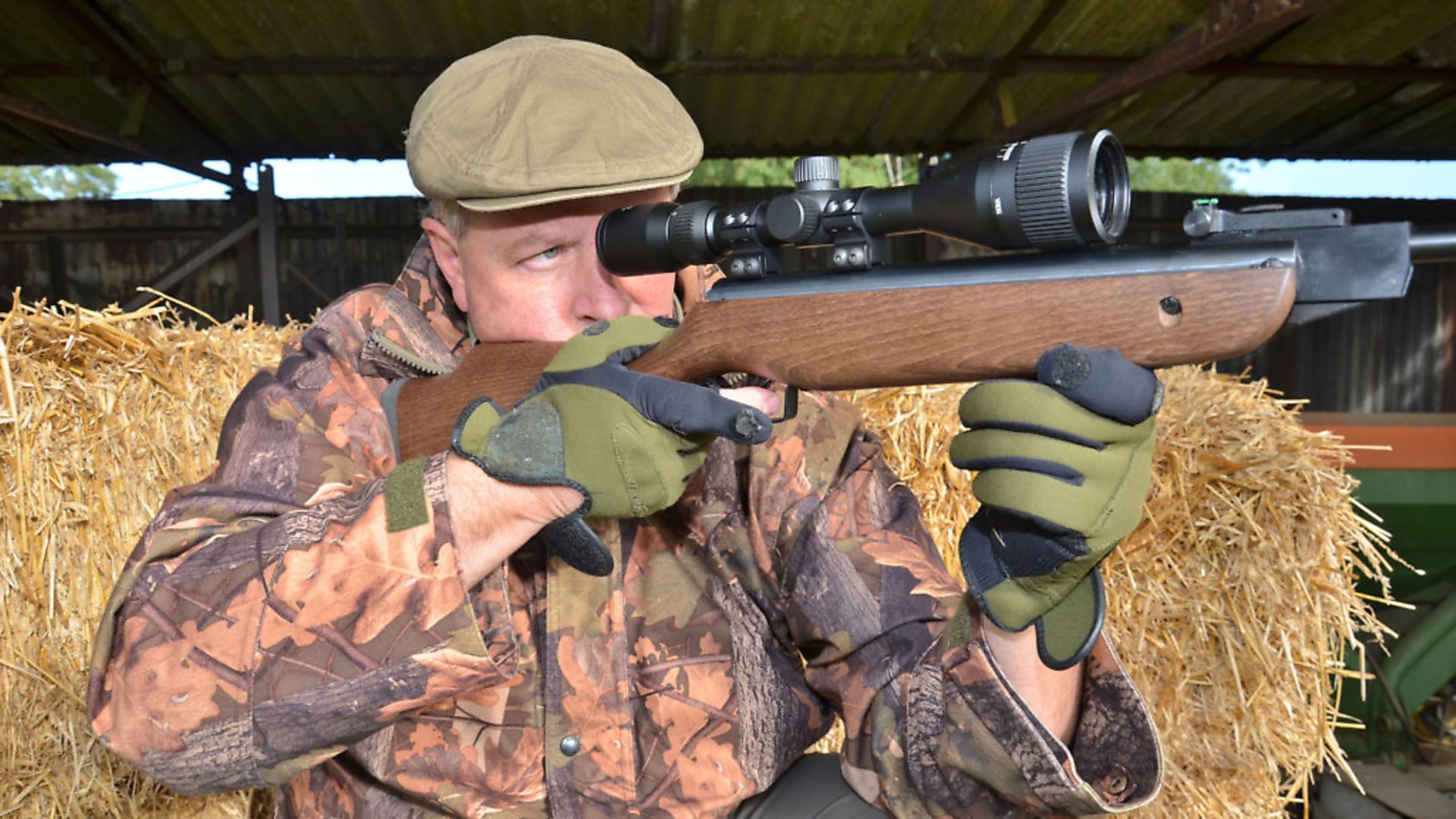 credit: Archant
credit: Archant
Check out our new YouTube channel - Shooting & Country TV - for awesome airgun videos!
Good shooting is all about accurate shot placement, and the trigger is a vital element of the equation. My obsession with triggers probably has a lot to do with my formative years in the sport. In fact, I’d trace it right back to my first rifle, the good old Webley Vulcan, circa 1979. What a brilliant little power pack it was, too, and pretty well all you could wish for in a ‘first airgun’; nicely made, beautifully blued and finished, fairly accurate – I was indeed a lucky 13 year old. Yet after every extended shooting session, my finger literally ached, bearing a red weal mark for my trouble!
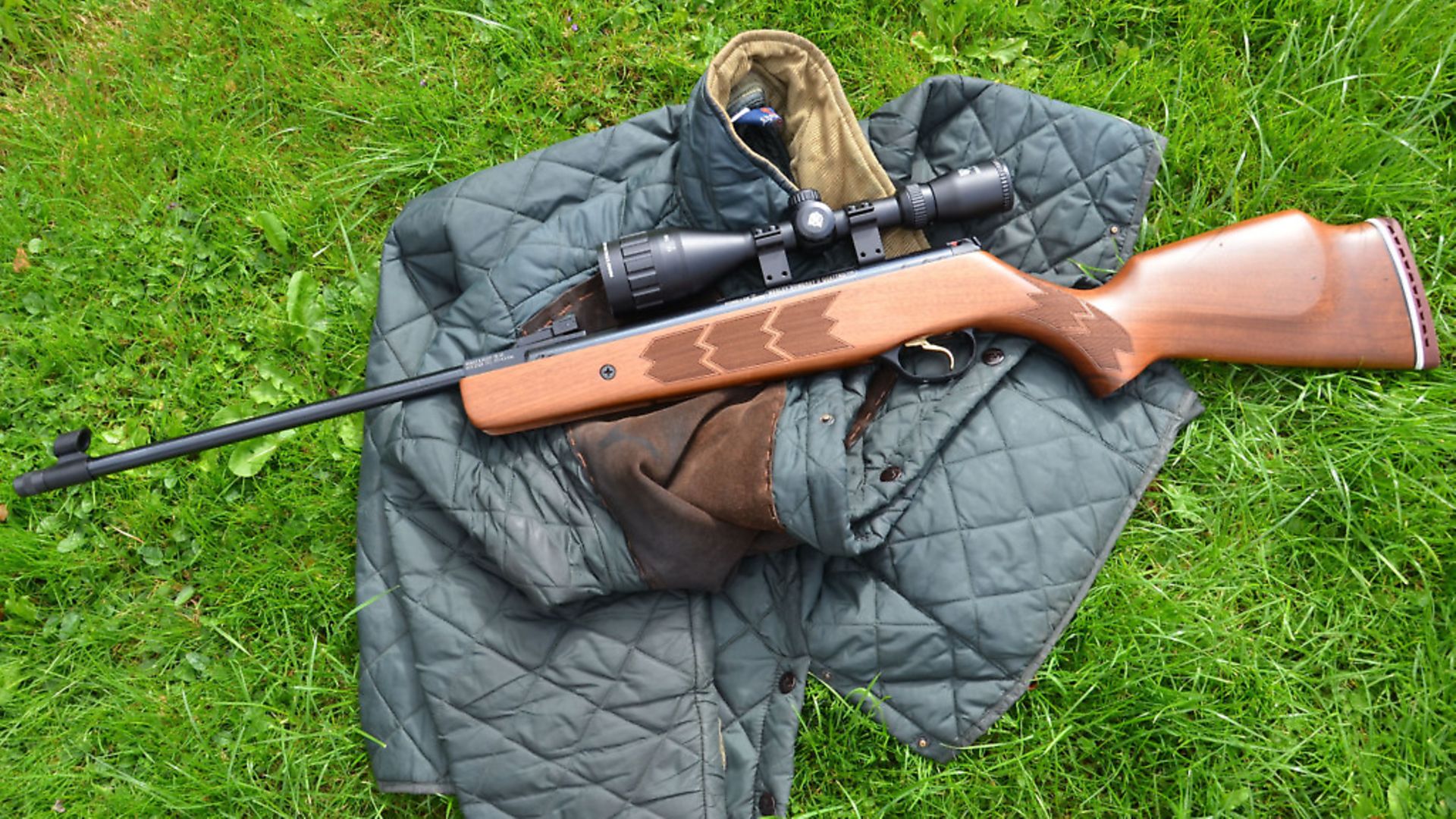 credit: Archant
credit: Archant
WEAKEST LINK
Whilst I still loved the Vulcan, there’s no doubt that the weakest link was its abominable trigger, and with a pull weight of between 3.5-4lbs, and a notoriously badly shaped blade, it was little wonder that my poor old digit took some punishment! The problem is simplicity because the Vulcan’s trigger consisted of the blade, a sear, and the safety slide. Consider the huge poundage of the mainspring acting upon the trigger, and with no mechanical advantage, the simple rules of physics take over. There’s no excuse for that blade, mind you!
Today’s Webley models actually have vastly better triggers fitted than my old favourite, but this was the huge weakness of Webley at the time, and it remains the case with many ultra-cheap budget springers today.
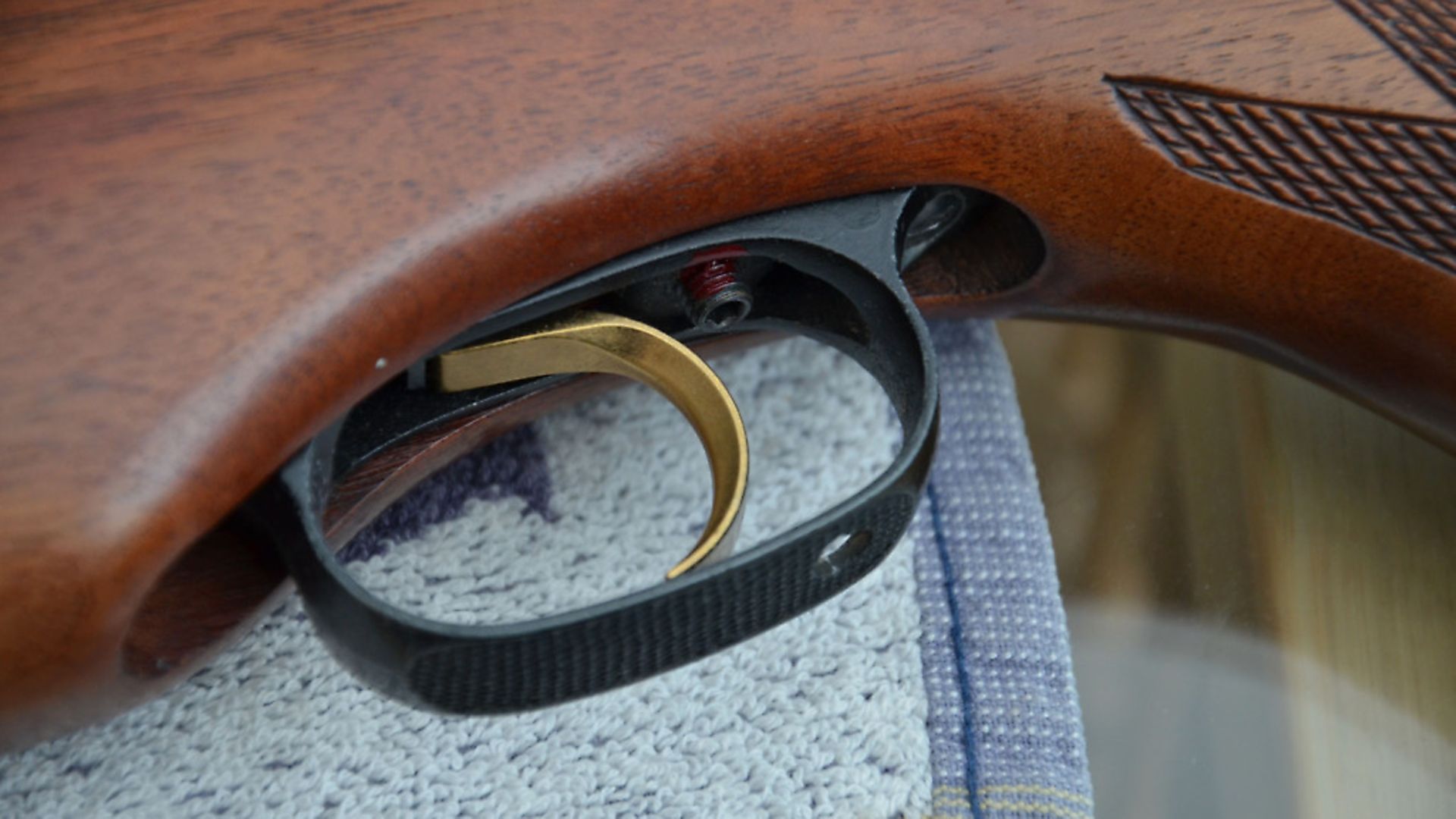 credit: Archant
credit: Archant
ENDS OF THE SPECTRUM
Jump to the other end of the spectrum, and we arrive at the full match trigger, and here, the best sophisticated two-stage units can add several hundred pounds to the cost of a top rifle alone. By using many more components, and a series of small sears that each act upon each other in turn, the final pull weight can be dramatically reduced, down to just a couple of ounces on the very best examples.
Total precision leads to utter predictability, and in turn, that maximises our chances for an accurate shot. There’s a multitude of rifles with triggers that lie somewhere between – far more efficient than the basic crude bottom-end stuff, but more simplified than the Olympic grade fare at the top.
It always amazes me how many shooters aren’t that bothered, and I have friends that just pick up a gun and get on with it, whilst I can be put off by a basic trigger from the start. Each to his own, but whichever route we opt for, the principle of good trigger technique remains much the same, so my aim here is to discuss the main elements, and then move on to an ideal approach. My recommendations will probably fall into the realms of ‘best practice’, but it does only act as a guide; and if some routine feels right for you and it works, then stick with it. We all adapt an approach to suit ourselves up to a point, but being aware of the different elements that affect the final shot release, is another tool in the armoury, so to speak.
 credit: Archant
credit: Archant
LENGTH OF PULL
Finding a gun that fits our body shape is an important place to start, and having the correct ‘length of pull’ will pay dividends in the long run. This is basically the distance between the end of the butt pad and the trigger blade itself. The best way to check the length of pull is to sit the butt in the crook of the elbow and see where the palm sits. Ideally, the palm will naturally fall around the grip, and the index finger naturally sit just forward of the trigger blade. If this isn’t the case, then adjustment to the stock might be necessary to shorten or lengthen the butt. The idea is to minimise stress and not be over-reaching to release the shot.
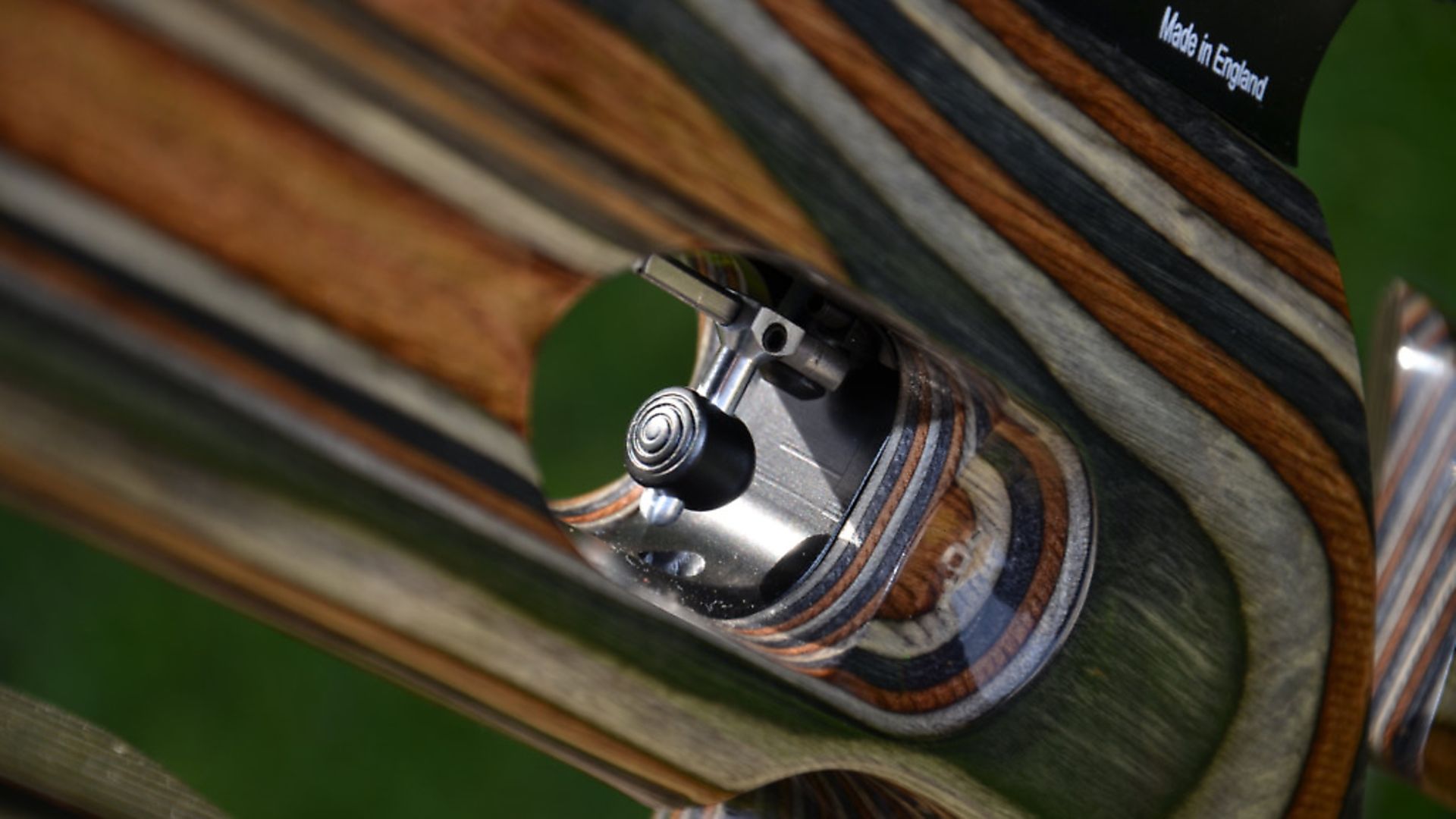 credit: Archant
credit: Archant
BLADE POSITION
When the length of pull is in the right area, final adjustment can be made by altering the position of the trigger blade. Again, the more sophisticated rifles will allow for this, and the best match-type rifles will allow for the blade screw to be loosened with an Allen key, and then the blade slid along a small rod, until set at the desired point.
Set-back triggers have been popular since the mid-‘80s, and the idea is to position the blade so that it falls more naturally for the hand in a relaxed state, again minimising muscle strain. I took this to the limit when I competed in FT for Airmasters, and I had them machine out the back of the trigger guard on my custom Airmasters HW77 FTS, so that the trigger blade actually moved back and through it – obsessive, but it worked for me! Just getting things set how you want them is the key and can make a big difference.
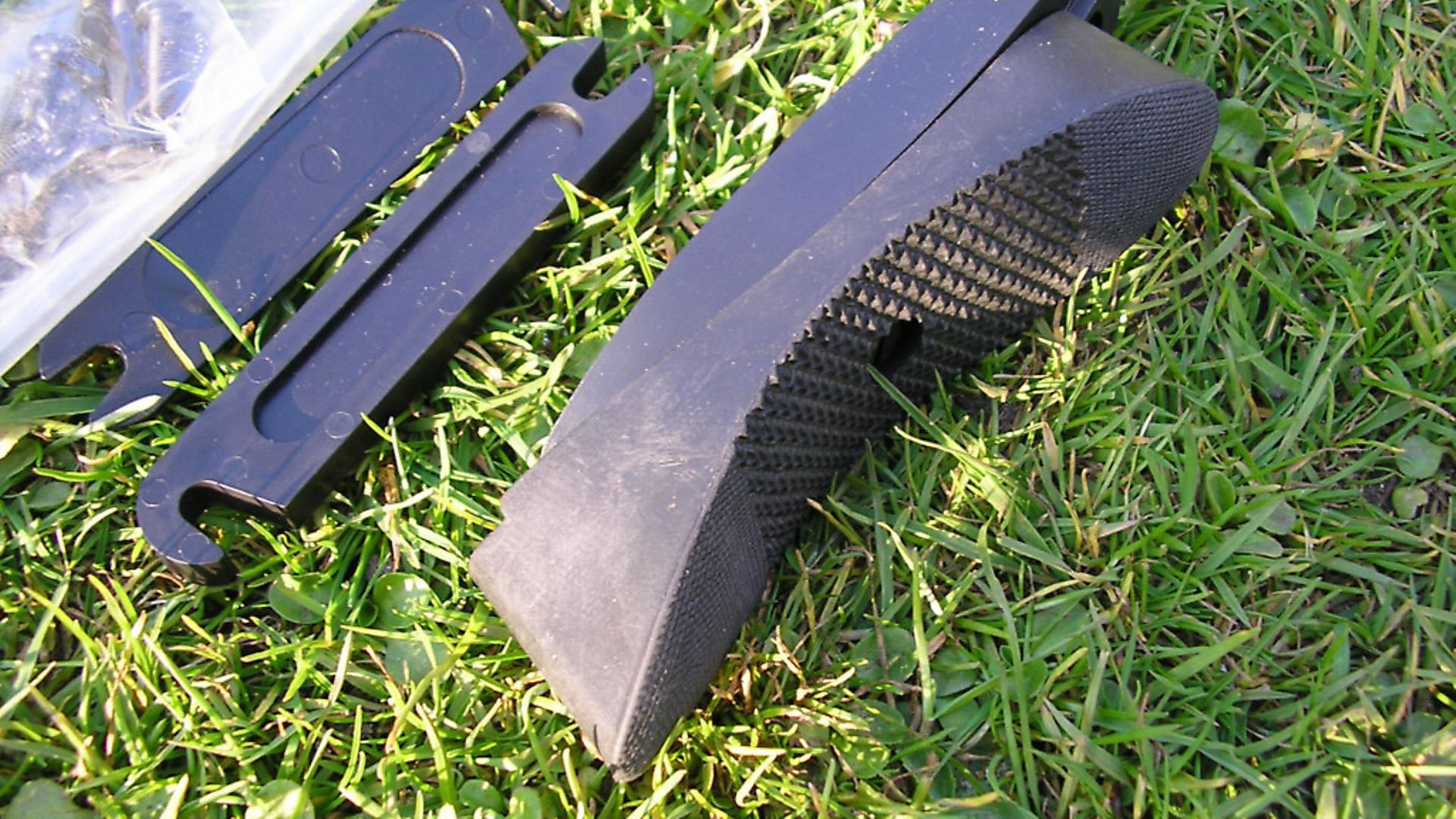 credit: Archant
credit: Archant
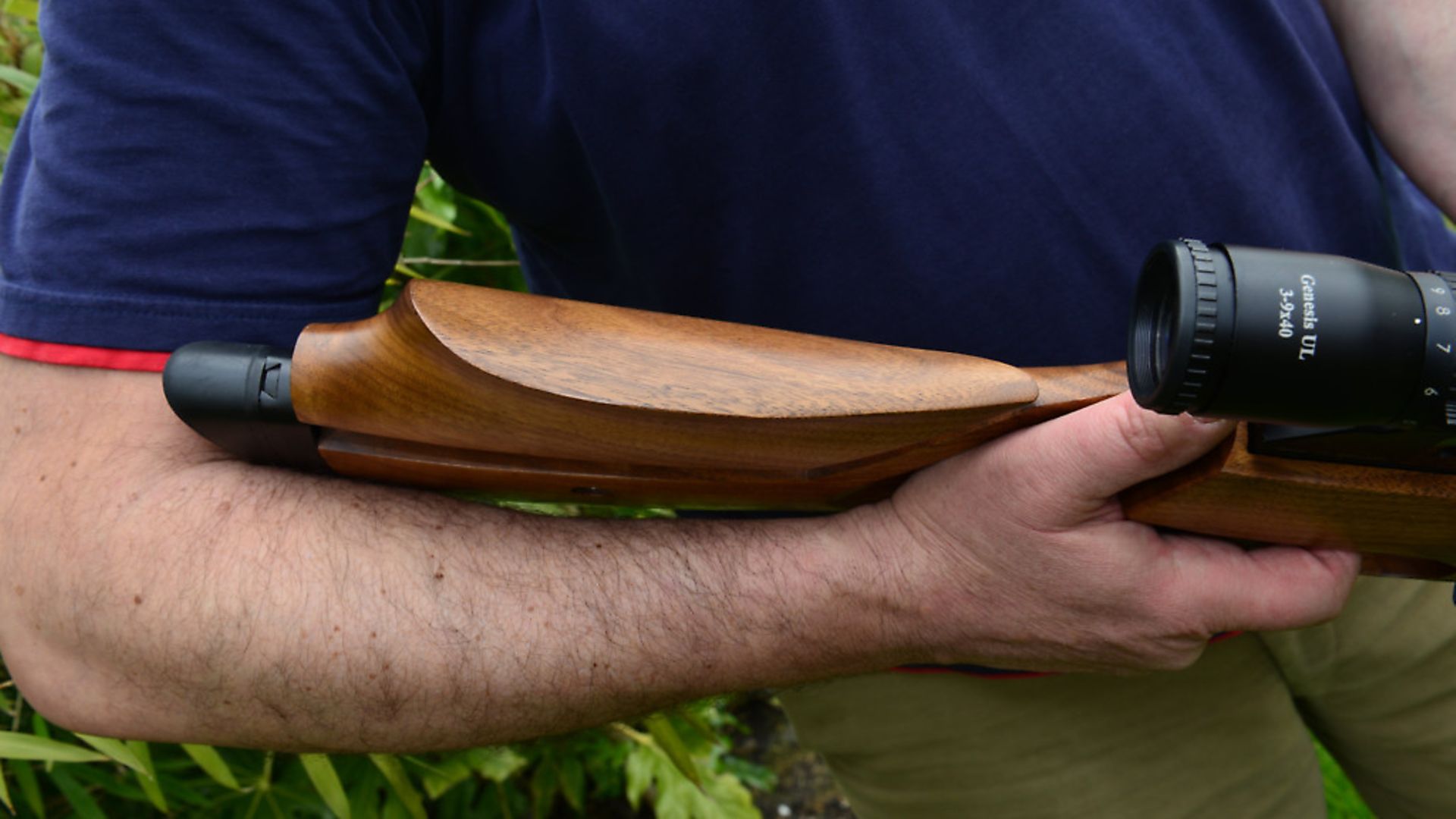 credit: Archant
credit: Archant
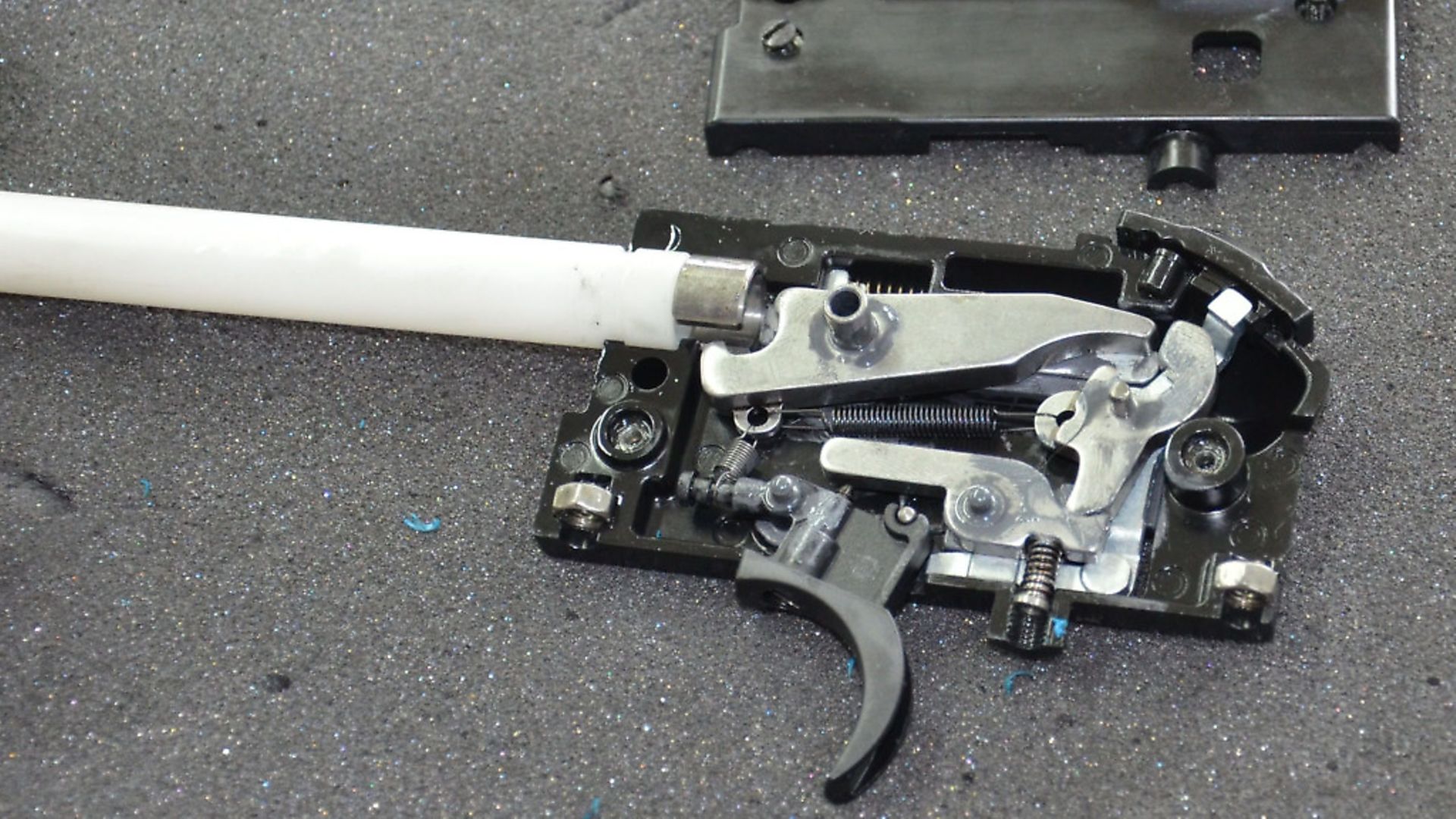 credit: Archant
credit: Archant